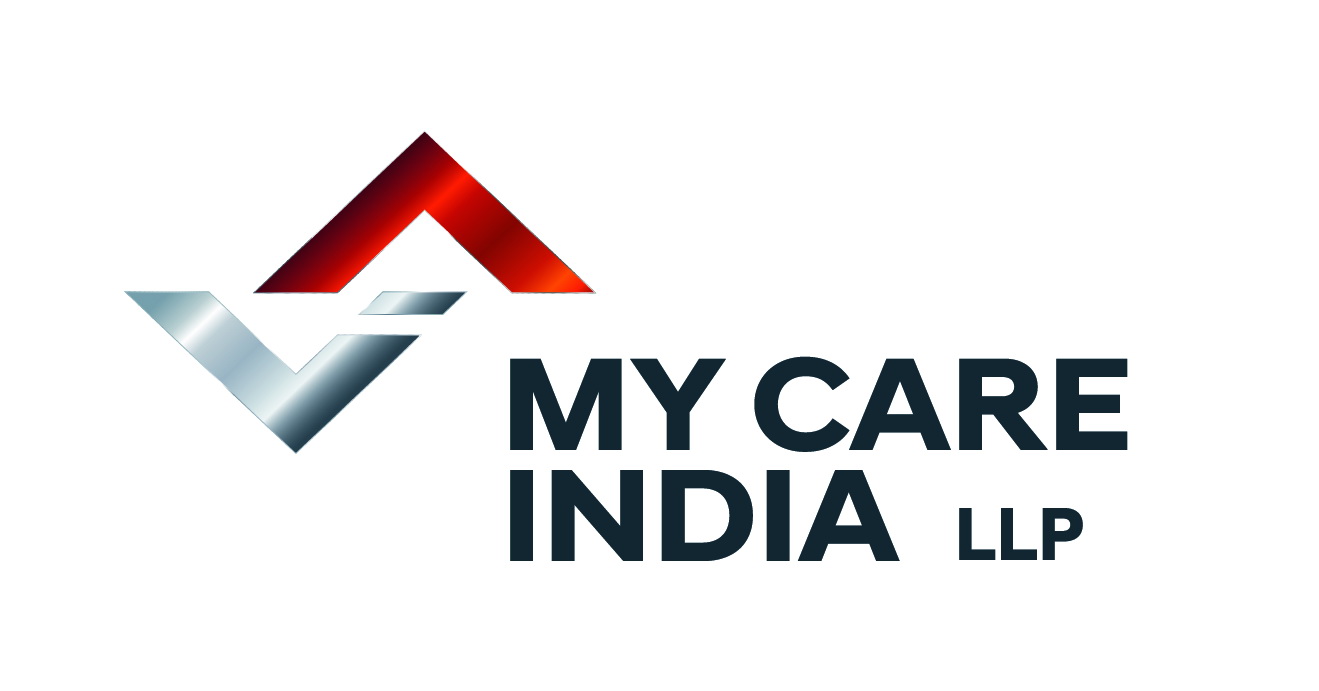
Looking for a blood clotting removal in Delhi? The best blood clot surgery in India’s rehabilitation will allow you to concentrate on your healing by letting you know what to anticipate. Though the process of recovery will be unique to you, having a basic sense of what is possible after your surgery can help put your thoughts at ease as your rehabilitation date arrives.
The given knowledge is intended to assist in comprehending your condition and the role of a clot in the blood in brain surgery rehabilitation. The information provided here is particular to subdural hemorrhages the most frequent type of circulatory clot. This will provide you with an excellent starting point for further conversation with your doctor regarding your specific healing journey.

Best blood clot surgery in delhi
Before we know about blood clot surgery we should know about the blood clots in the brain. The term hematoma is a type of blood clot in the brain. You may have stumbled over this word when researching your ailment, particularly it is known as a subdural hematoma. A subdural hematoma is caused by bleeding between the brain and the thin membrane that covers it.
A blood clot in the brain is usually a consequence of trauma, which might be a single major event or a series of lesser injuries. With age, the likelihood of a blood clot in the brain rises. This is because the brain decreases over time while the skull retains the same thickness. Consider this as making a space for the brain to move around in. This can result in tears in sensitive blood vessels, bleeding, and clotting. The risk rises naturally with age, as do variables that cause bleeding, such as anticoagulant medications and drinking too much alcohol.
Blood clot surgery in the brain
A subdural hematoma in the brain can strain on the brain's sensitive tissue, causing harm and/or discomfort. This is one of the reasons it is critical to seek therapy and avoid further issues. In general, there are two methods of surgery for removing the blood clot: burr hole extraction and craniotomy.
A neurosurgeon will construct one or two tiny holes inside the skull, then perform a cut in the dura if required, to remove the blood clot following burr hole drainage. Sutures are used to close the cut region after surgery. There shall be fewer and as few holes as feasible.
Nevertheless, the surgeon may require more than just the blood clot, necessitating a different technique known as a craniotomy. The neurosurgeon will cut off a portion of bone to provide access and then extract the blood clot undergoing a craniotomy. When the treatment is finished, the surgeon will use sutures or staples to restore the part of the bone while closing up the soft tissue.
Brain surgery in blood clot treatment
Again, recuperation from a blood clot that occurs in brain surgery will be determined by specific medical variables such as the cause of your blood clot and any aggravating health issues you may have. nevertheless can be useful for comprehending what to expect on an overall basis after either burr hole drainage surgery or the craniotomy for your subdural hematoma. This will benefit you as you start the conversation with your doctor regarding your specific circumstance.
The majority of patients are going to spend at least two to three days in the hospital rehabilitating from burr hole drainage operation. You will leave the operating room right away following surgery and stay in a recovery room for a short time. You will then be admitted to the intensive care unit for a day or two.
You will be placed on a standard floor to heal until you get your discharge once you are judged stable. You will most likely feel weary and have headaches while recovering. Your doctor can recommend medications to alleviate whatever discomfort you may be experiencing at this time. You will be on active limits for a minimum of a few weeks as you continue your rehabilitation at home, including limitations on moving and swimming.
Because of the more intrusive nature of a craniotomy, the healing process may be extended. The general flow, though, is the same. The majority of patients spend three to four days in a medical facility before commencing their home recuperation, which can take up to 12 weeks. Again, your doctor will progressively ease limits on certain tasks, including as transportation and tasks, as your body recovers.

